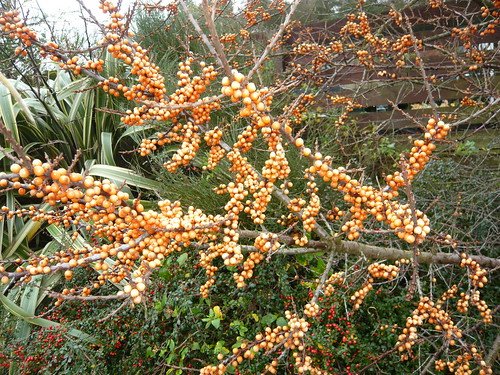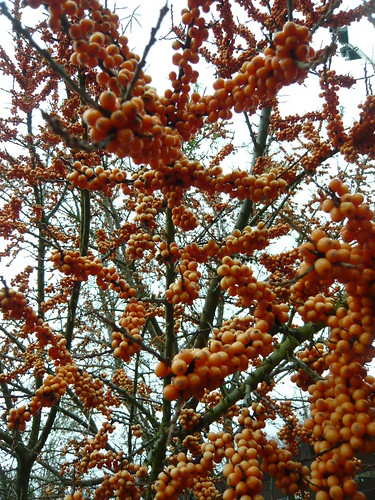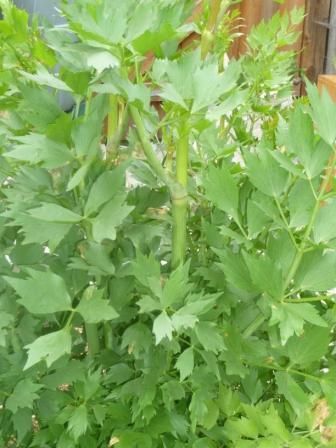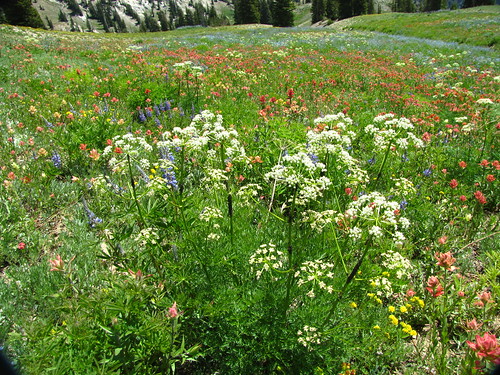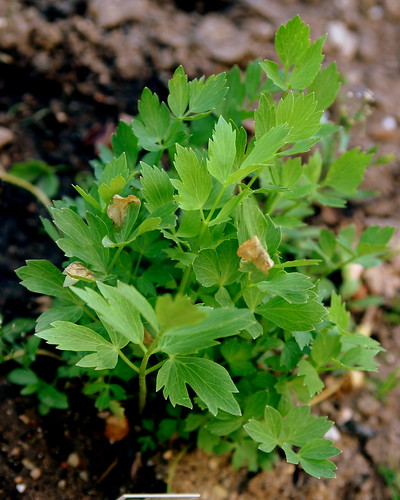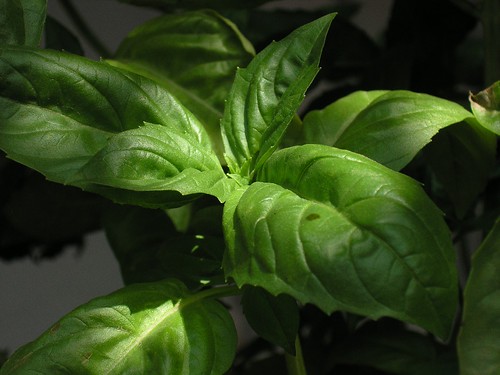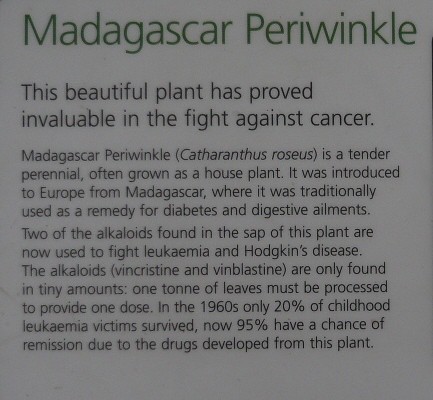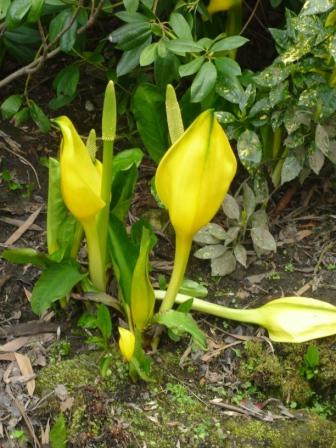Hippophae rhamnoides with Orange Berries
Hippophae Rhamnoides also called Sea Buckthorn, is related to Elaeganeous and is shown here and below with it’s heavy crop of attractive Apricot coloured berries. The shrub can grow to over 15 feet but makes a nice ornamental feature. It flowers in spring followed by narrow silvery leaves through summer. Each plant is either male or female and you need both for pollination and only the female produces these great berries.
There are only 3 species of Hippophae. Hippophae elaegnaceae is excellent for seaside locations and is wind resistant. The orange berries are often retained on the plant through winter as they are a bit acid for the birds. They can and are cooked for human consumption.
Hippophae salicifolia has sage green leaves and can grow into a small tree with pendulous branches.
Tips Propagated from seed they can also be grown from root cuttings, suckers or layered.
Look for Hippophae sold under these alternative names as well as Sea Buckthorn, Seaberry, Siberian pineapple, or Alpine Sandthorn.
The berries are used in herbal medicine for a variety of ailments.
